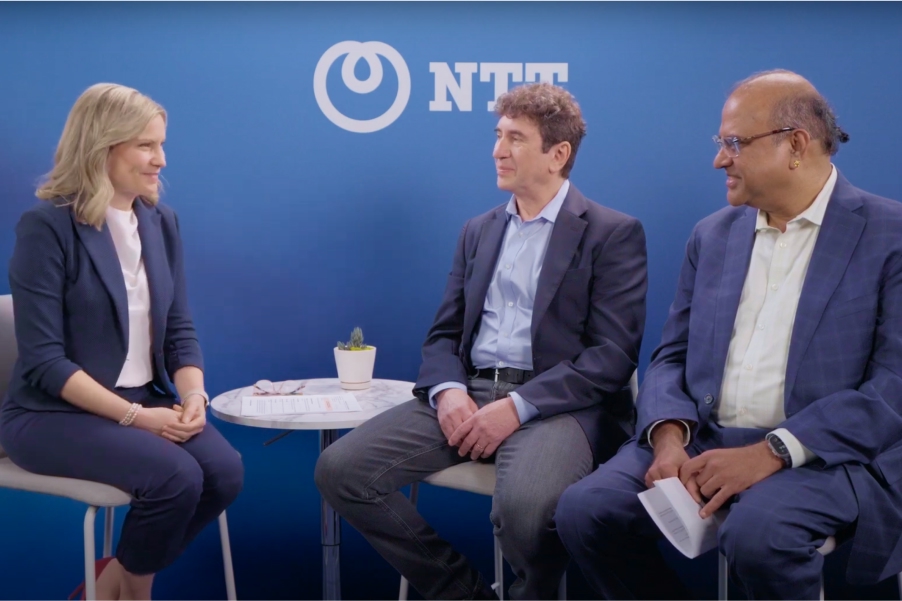July 22nd, 2025
2 min read
Building reliable and trustworthy AI requires a structured approach, including benchmarking, evaluation and continuous testing.
Raj Rao, Strategy and Business Development at LayerLens, talks about why benchmarking is so important to AI development, and the role LayerLens plays in providing businesses and developers with an easy, digestible way to assess AI model performance for industry-specific use cases.

Bridges and Barriers
AI is evolving at lightning speed, but as new applications and models emerge, ensuring their reliability and trustworthiness requires a structured, rigorous approach. “LayerLens is working to bridge the critical gap in AI development by focusing on benchmarking, evaluation and continuous testing,” says Rao. Businesses are flooded with hundreds of AI models, and it’s important for companies to select the right one for their specific industry, such as healthcare, finance or retail.
He adds, “With so many AI models available today, enterprises are under pressure to find the one that truly fits their needs. Benchmarking these models against real-world datasets before deployment ensures they perform optimally in terms of cost, accuracy and efficiency.”

But selecting the right model is just the beginning. Further modifications, such as the integration of retrieval augmented generation (RAG) architectures or agent networks, must also undergo rigorous benchmarking to ensure long-term reliability.
AI isn’t a “set it and forget it” technology. As models evolve and are refined, their performance can change over time. Without regular, fresh evaluations, AI systems risk failing when exposed to new datasets, potentially developing biases, security vulnerabilities or operational inefficiencies. “AI systems need continuous testing to meet key metrics like accuracy, latency, cost-effectiveness and security while avoiding the risks of bias,” says Rao.
Continuous monitoring can help a company stay ahead of potential pitfalls. By regularly testing AI systems, companies can prevent costly last-minute fixes and ensure their solutions are robust, secure and aligned with their goals.
Benchmarking is the missing link in AI development. It ensures enterprises select the right model, validate its performance, and continuously refine it to prevent costly failures. Without proper benchmarking and evaluation, AI remains a black box, slowing adoption and eroding trust. At LayerLens, we’re helping businesses bridge this gap, making AI reliable, transparent, and ready for real-world impact.
Raj Rao, Strategy and Business Development, LayerLens
AI in Society
Neglecting proper benchmarking is one of the main reasons AI models fail in the real world. Without scenario-specific testing, security risks, such as data leaks or biased decision-making, can creep into systems. If left unchecked, these vulnerabilities can have far-reaching consequences for both businesses and society at large. “Many AI failures stem from not having a clear and rigorous evaluation strategy,” says Rao. “It’s easy to overlook this step, but it’s one that can’t be ignored.”
Rao explains that LayerLens provides a fully automated benchmarking platform designed to streamline this crucial process. With access to more than 250 public AI models, as well as private model evaluation capabilities, the platform enables businesses to evaluate their AI solutions against a diverse range of real-world scenarios. This is done through scenario-specific evaluation datasets, ensuring that models are tested under conditions that closely mirror actual usage.
The platform also leverages synthetic data to stress-test AI applications at scale, exposing edge cases and adversarial scenarios that may otherwise go unnoticed. “We want to stress-test AI at every level,” says Rao.




